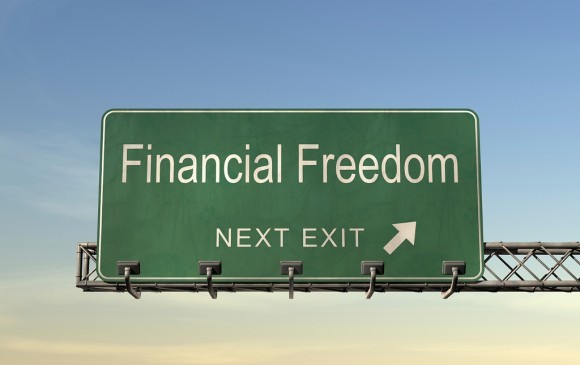For many people the concept of successful investing can be baffling. The financial writers cite gurus of investment such as Warren Buffet as an example of getting it spectacularly right, but they also point to certain banks and other institutions held responsible for the great financial crash as a warning about how not to invest well.
It can be a very confusing area, and for those wanting to dip a toe in the water it often seems like too much trouble. Many people default to putting their savings into a basic savings account and letting it earn interest without worrying about it. Jargon can also be a turn off for would-be investors, but once the terminology is understood the whole issue of investing becomes clearer.
When to start on a strategy?
The earlier the better is the short answer. Starting as soon as possible means it is more likely that there will be a significant sum stashed away for retirement. For example, for young graduates, the years after they secure their first paid positions can be immensely productive. As often as not they are neither raising kids or buying a home, so they may be cash rich in relation to other people who are a few years ahead of them.
There’s always a temptation for young people to put things off – the future will look after itself. Well, it won’t. Money doesn’t grow on trees but it can certainly grow with a good investment strategy. Parking money in a stable value fund may be low risk but may not keep up with inflation, so looking more widely at an investment portfolio gives a good opportunity to get a much better return on contributions.
A pension plan, such as a 401(k), is as good a place as any to start investing, especially if an employer is offering contributions to it. Basically it’s money that, when compounded, will develop into a substantial nest egg over the years. The more money that is saved in those early years the more it will grow. When the home buying, the kids and, in the longer term, college fees come round and cash flow is a little tighter, it will still be a great place to build on earlier investments.
What to invest in?
The initial answer to this is as long as a piece of string – there is a huge range of options for investors who are interested in and prepared to take the risks of investing in the stock market. Some companies are safer bets than others for investing, so it comes down to an individual’s decision in terms of what level of risk they want to take. The higher the risk the greater the potential for high returns on investments, but there’s also a higher risk of losing those investments if things go wrong.
Before starting to invest outside of a pension plan, the first thing to do is get professional advice from a qualified financial advisor, as well as to read up on anything to do with the financial markets. Understanding the terminology used (for example what dividends are or what market capitalization means) will help the investor to get a clear understanding of how the financial world operates.
Investing in the likes of Treasury bonds or other government bonds is considered a safe investment with a guaranteed return over a period of time, though the return may well be less than investing in the stock market. The majority of investors develop a portfolio that spreads the risk, mixing low and medium risk options with one or two high risk ones.
Again it depends on the risk appetite of the individual investor. Those who are bold and know what they’re doing can often make substantially larger returns than playing safe, the downside being that if a high risk strategy doesn’t pay off there could be substantial losses as well.
Growth stocks and dividends
Growth stocks are where companies have the potential to expand and grow, with the return on investment only based on the company’s value. It’s a potentially lucrative option, and if a company does well then the value of the stock can increase rapidly providing a good return. Equally if it does badly or fails, the value of the investment will drop.
Companies that have become stable and are unlikely to grow much further will pay dividends, essentially paying the investor for investing. The amount will depend on the company’s annual performance and it’s generally a lower risk than growth stocks.
Whatever the investor’s decision there is money to be made in the financial world.

